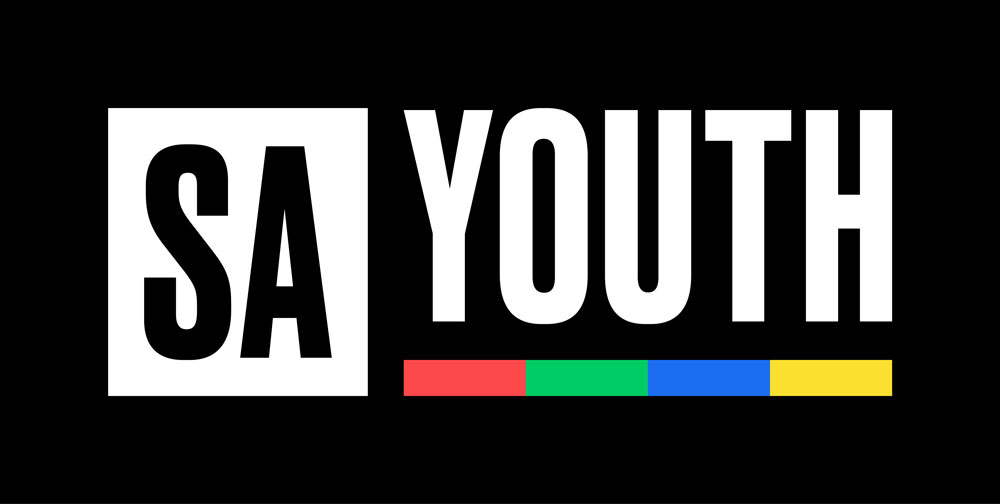

SA Youth connects young people to work and employers to a pool of entry level talent.
Are you a work-seeker?
Our youth unemployment statistics continue to startle. Over two-thirds of young South Africans are not in employment, education or training within 12 months of exiting the schooling system. Recent research confirms that 75% of these youth have no work experience, and more than half have not completed their final year of high school. 60% are young women.1
President Cyril Ramaphosa used his State of the Nation address yesterday to again reinforce the need for a national, coordinated response to South Africa’s youth unemployment crisis. This edition of Breaking Barriers shares research and evidence for pathway management models that are youth-centered, demand-led, and technology-enabled. It looks at what is already working, what can be scaled up, and what more is needed to support unemployed work-seekers to a new promise of opportunity.




Even in South Africa’s low-growth economy, services industries2 can generate jobs for youth. With focus and coordination, this can be done at scale. The South Africa in the Digital Age (SADA) initiative recently issued a pragmatic roadmap for how the country’s current 50,000 jobs serving a global export market can be scaled ten times to 500,000 new jobs by 2030. The authors reinforce the counter-intuitive point that while automation may replace some jobs, the trade of digitised services “is exploding” and requires humans and human capacity for expanding global growth.
The roadmap establishes South Africa’s global competitiveness in exporting services including call centre work, coding, other ICT services, finance, accounting and legal support. Twice as many South Africans work in these jobs now than in the country’s automotive industry. And these jobs can be done without a tertiary or university degree. Government and industry data shows an annual growth rate of 24%, making global business services one of the fastest-growing job categories in South Africa. And of this growth, 80% of new jobs have been filled by youth, and 66% by women.
Harambee has learned that new job creation initiatives require an evidence base for smart policy and sustained investment in efforts that are already delivering. Through its partnership with South Africa’s Department of Trade and Industry (dti) and industry body BPeSA, Harambee has seen that job growth can be catalysed and incentive policies can be designed for excluded youth to benefit from these new opportunities.
Figure 1: Jobs serving a global export market can be scaled ten times
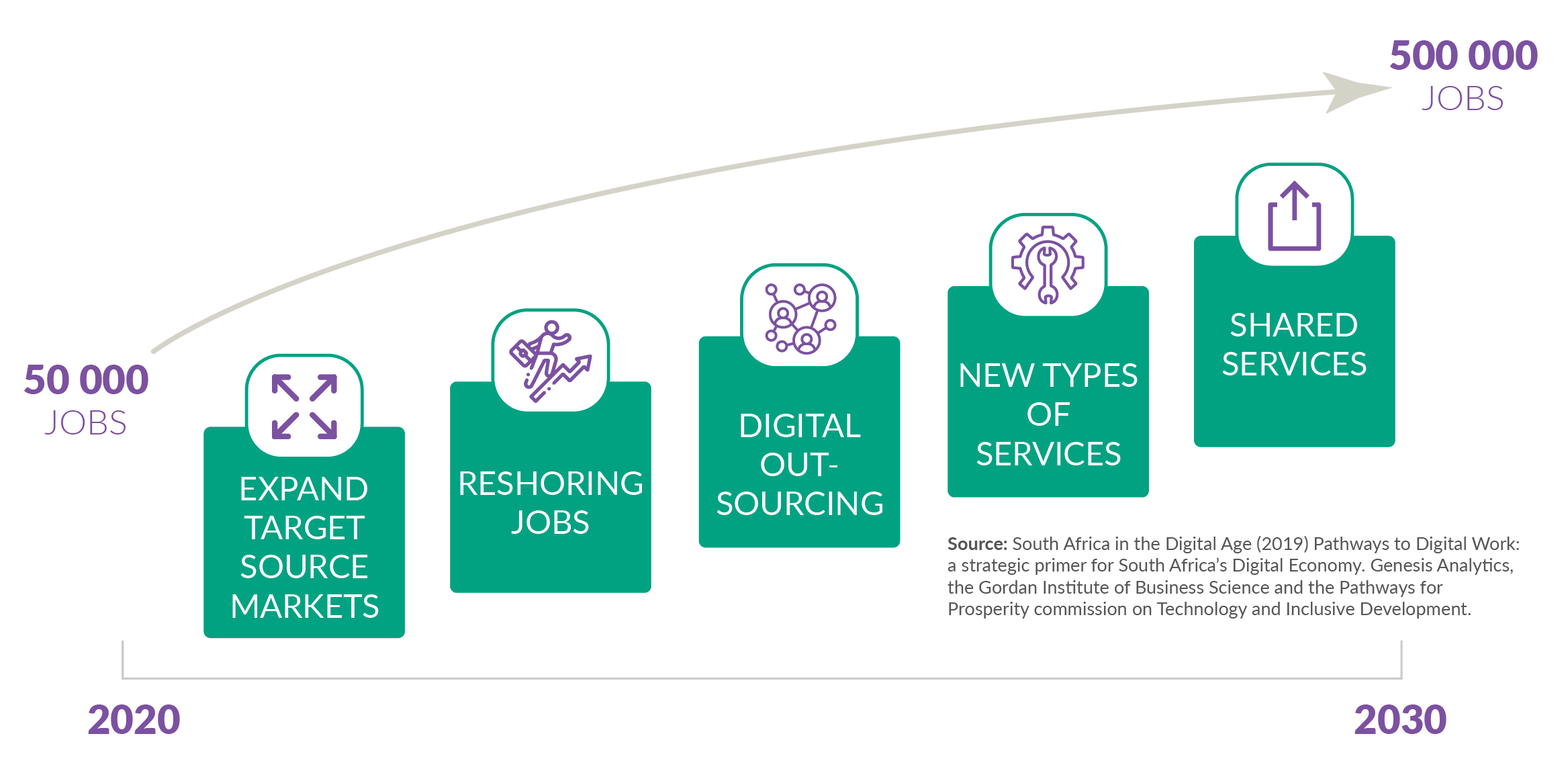
At the other end of the spectrum, a growing 20% of South Africans work outside of the formal economy. A national response to the unemployment crisis must support young people in opportunities that are increasingly township- and community-based. Government, business, NGOs, and international donors invest heavily in finding solutions for sustainable livelihoods outside of the formal economy. But what really works?
Recent research led by Harambee shows that successful entrepreneurship often starts with the personal agency and dignity of young people who may feel they are stuck at home doing nothing because they do not have a formal job. Engaging these youth in activities (which we call work, even if not a formal job) that can positively address challenges in their own lives provides the starting ladder for developing the attributes that lead to successful income generation and even establishing informal enterprises.
For example, a group of young people in the Gauteng township of Khutsong decided to tackle the issue of mental health (made worse by the lack of employment) in their community.
Is this possible at scale? Having prototyped a programme with over 1,000 youth across some of South Africa’s toughest townships, the early evidence is very promising. At the start, 62% of youth reported that they were financially dependent on family, friends or a social grant. Within approximately four months, 84% reported that they could now cover their expenses from the money they earned through their informal enterprises. Weekly profits averaged R700, more than double the amount of a government child grant, often the primary income source in these households.
Figure 2: Informal youth enterprises can increase self-sufficiency
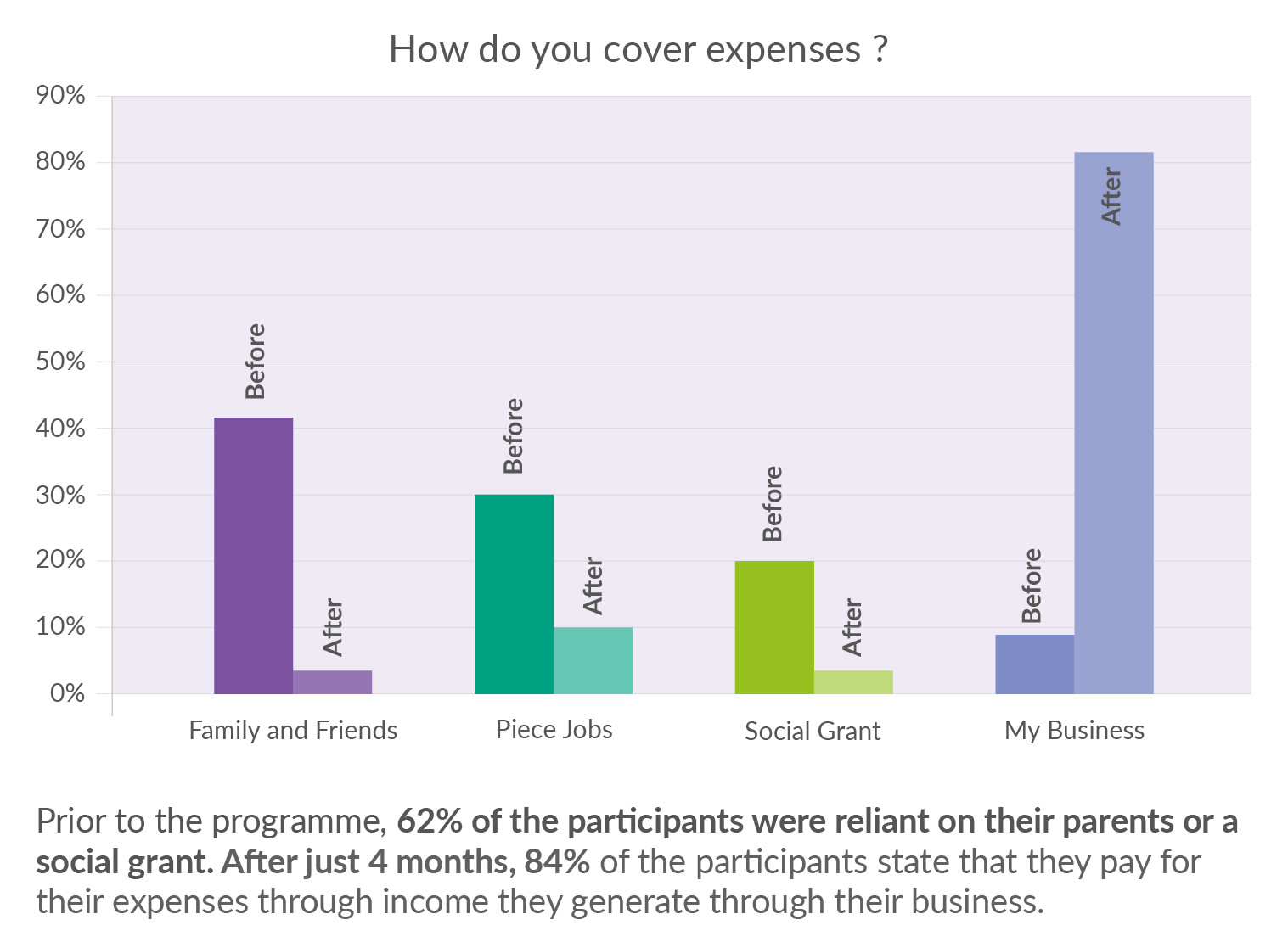
Growing opportunities in the formal and informal economy is not enough. Without being smart about how to ‘match’ young people to those opportunities, they will not succeed, stay and earn.
The Siyakha Youth Assets Study, conducted by the University of Johannesburg and the University of North Carolina at Chapel Hill, studied the effects of different youth employability programme features on labour market outcomes. It found that the “most important programme feature for predicting employment is offering matching: bringing young people directly into contact with employers who are looking for the skills the young people have, and orienting training to employer requirements.” Controlling for all other factors, the research showed a 28% increased probability of finding work when a programme provides matching.
The study finds that matching is also the feature that best explains higher earnings amongst those who are employed. Matching also mattered more than work experience, the provision of stipends, formal accreditation, and programme duration. Even for those who remained unemployed, being in an intervention that included matching helped to reduce the average time they remained unemployed. It increased the number of job applications they made, and the probability they continued to actively look for work.3
Harambee Youth Employment Accelerator and its partners designed matching tools that simultaneously: (1) break through the barriers facing excluded youth, (2) respond to the needs of the job, and (3) showcase the untapped potential of young people.
New solutions are necessary, but not enough. We need new ways of finding solutions together. The Presidential Jobs Summit agreement of 2018 is already delivering tangible evidence of government, business, labour and community partners working in support of multiple and simultaneous interventions that can create new jobs, grow township- and community-based enterprises, and smartly match young people to those and other opportunities.
Another live laboratory for this type of joint problem solving is a public-private ‘Solutions Exchange,’ convened with over 500 government policymakers, business leaders, social partners, and young people themselves. It focuses on the exchange of pragmatic solutions that are working and can be scaled up further. This public-private ‘problem solving’ is the only way to craft a new promise of opportunity for young people that we can keep.
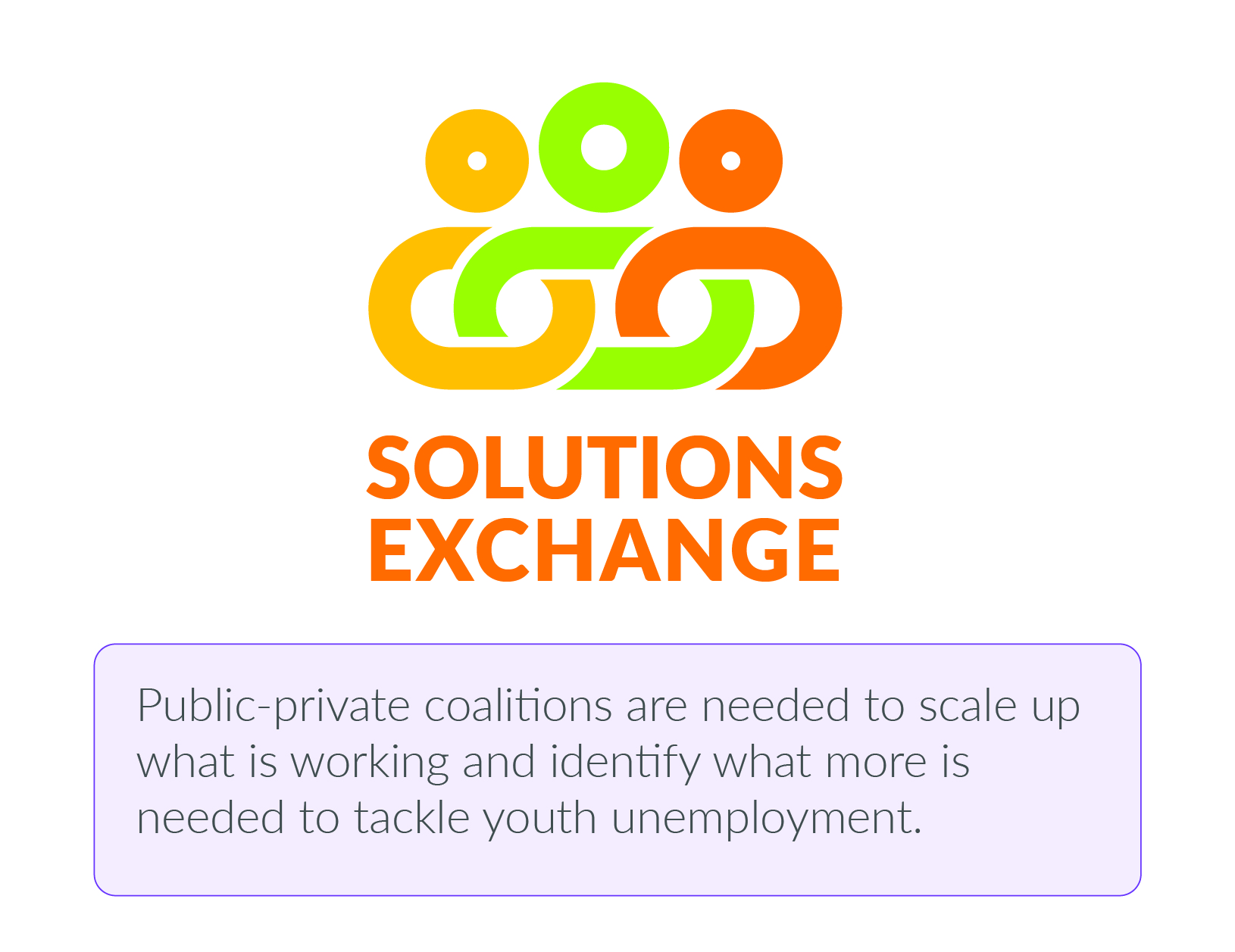
For the first time since 2008, Statistics South Africa’s Quarterly Labour Force Survey (QLFS) did not see a decline in the unemployment rate in the fourth quarter of the year; a period historically associated with an increase in seasonal hiring that accompanies the summer holidays in South Africa. Harambee’s employment rate for youth, similar to Statistics South Africa, remained relatively constant over quarters three and four of last year.
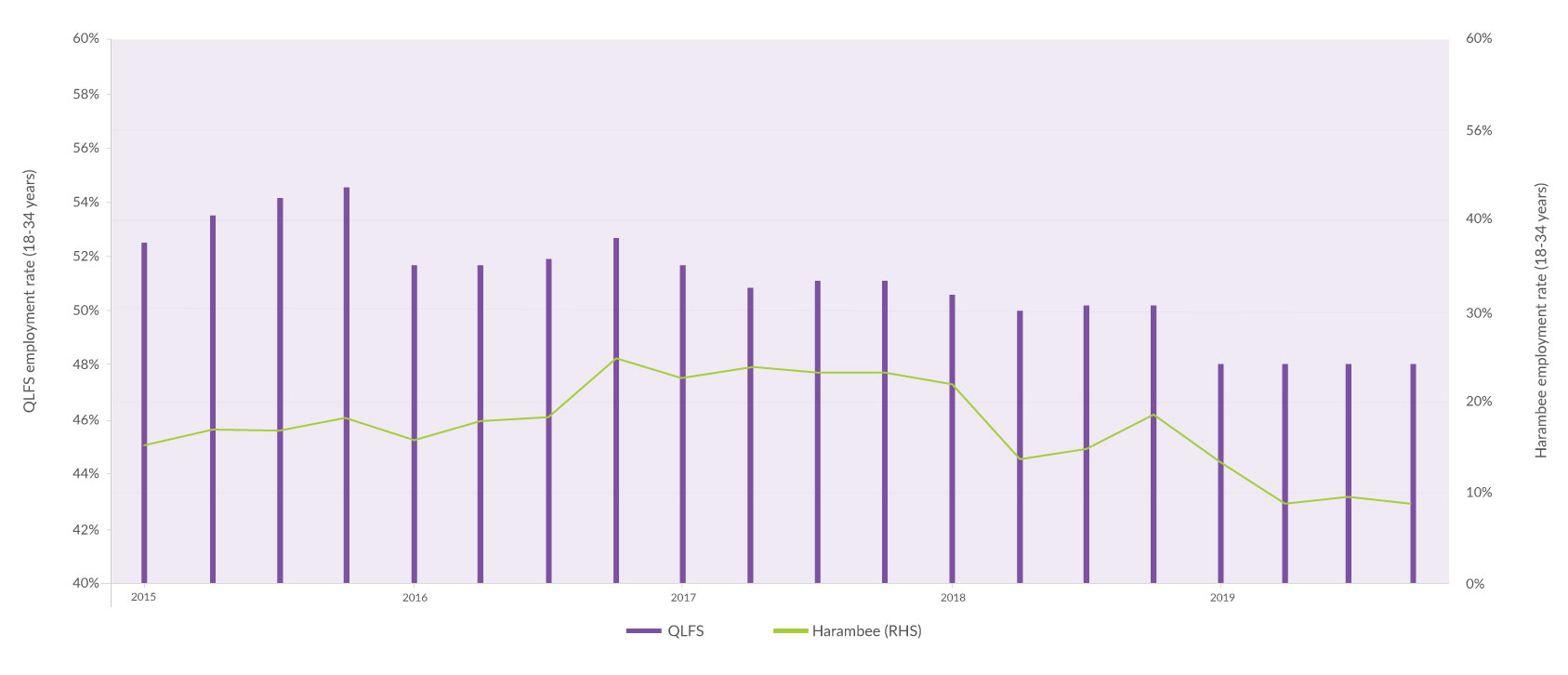
Harambee Youth Employment Accelerator builds African solutions to tackle the global challenge of youth unemployment. It partners with governments, businesses, young people and many others who are committed to deliver results that can work at scale.